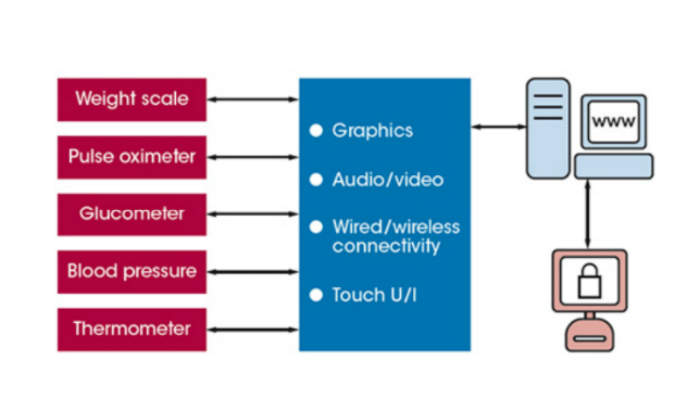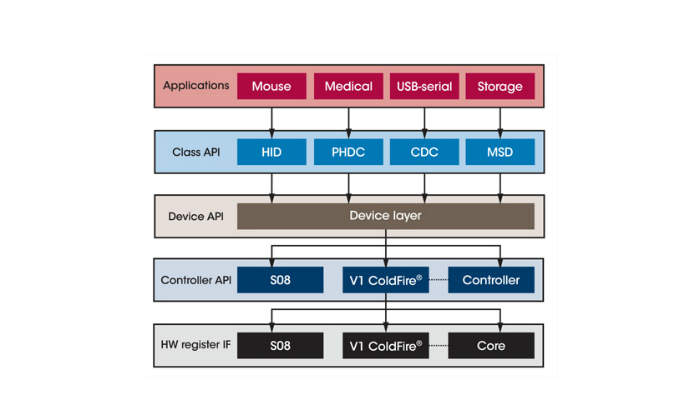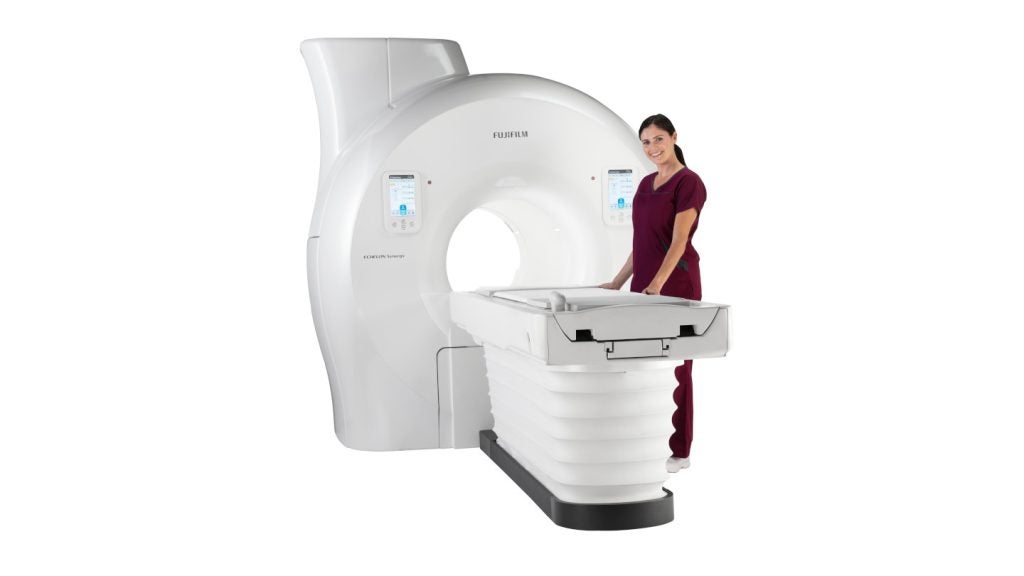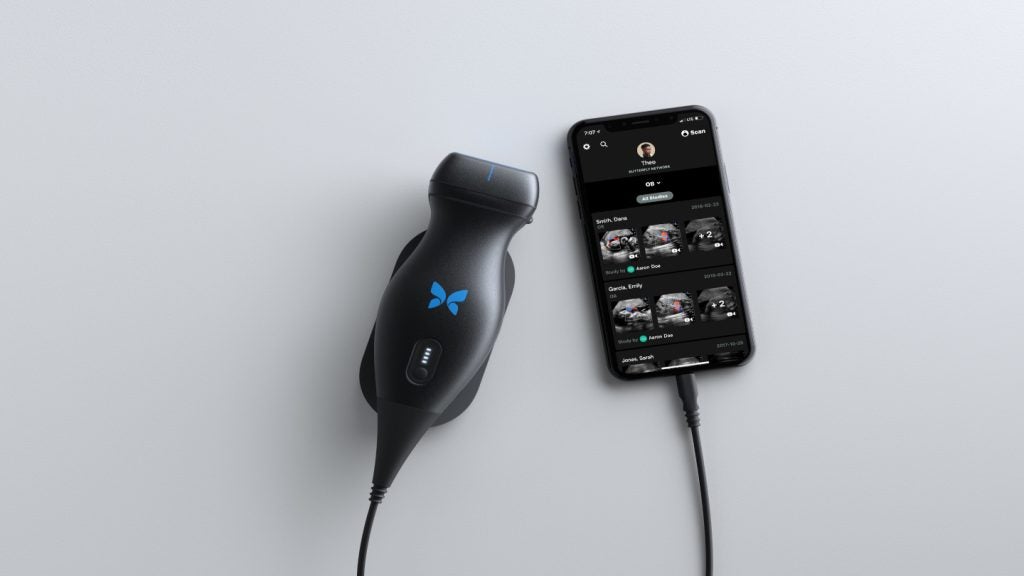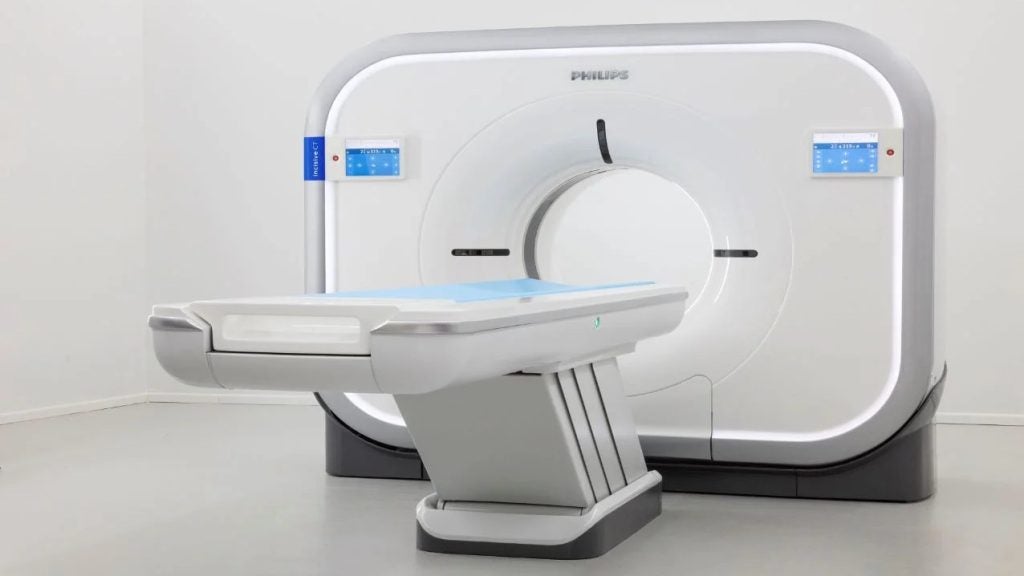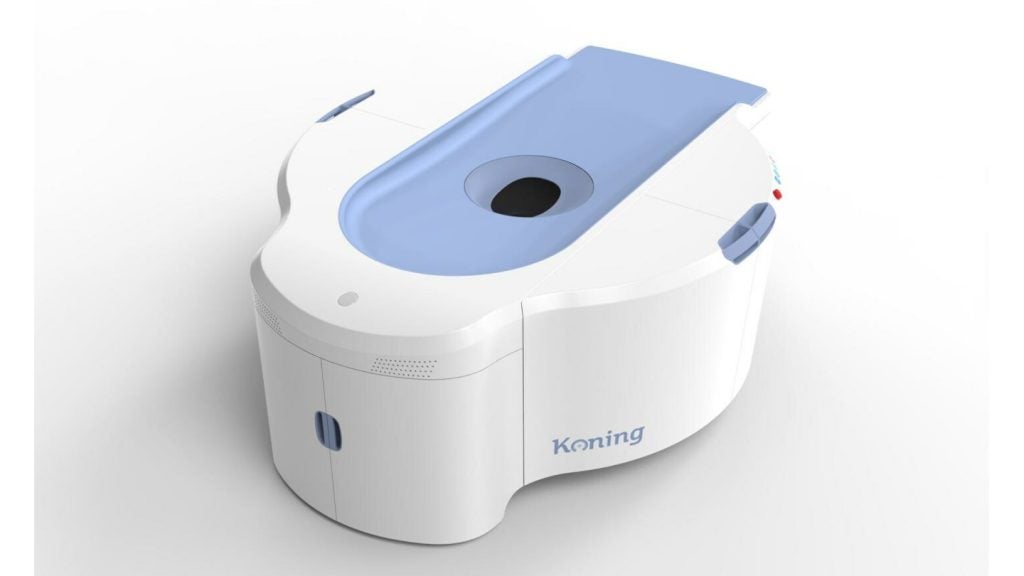
Telehealth systems enable the healthcare industry to cope with an ever-increasing elderly population and the associated chronic diseases. David Niewolny and Dr Jose Fernandez of Freescale Semiconductor explore the next revolution in the form of USB.
The ageing of the world’s population is a fact in our society. Baby boomers are now becoming our senior citizens, fuelling the growth of the aged population. To accommodate this dramatic population shift drastic changes in our health systems are necessary. Today, these changes include new therapies and early diagnostic tools based on advanced sensor and microcontroller (MCU) technologies that are accessible by the general population.
Non-communicable diseases account for almost 50% of the global disease burden, according to the World Health Organization (WHO). Among these, the highest incidences are for chronic degenerative diseases, such as cardiovascular disease, in which hypertension plays a large part (600 million people worldwide), as do metabolic diseases like diabetes (90 million people).
Telehealth: the solution
Telehealth solutions directly address the chronic degenerative diseases problem. Intelligent systems that acquire data from endpoint devices, such as blood glucose meters (glucometers), heart rate monitors, blood pressure monitors or digital scales can advise patients on the proper time for taking new measurements or medication.
A telehealth monitoring system collects, analyses and monitors a patient’s vital signs data and uses wired and/or wireless technology to transfer this information to a remote health provider for further analysis, which can include tracking the evolution of a chronic degenerative disease or monitoring postoperative treatment. The telehealth system must also ensure that the data is analysed and securely transmitted to the healthcare provider.
One of the many advantages of this kind of system is the immediate transmission of the patient’s vital signs data to a remote medical centre. For this purpose, different types of networks can be used, such as wired or wireless Ethernet through a secure virtual private network (VPN) connection or a general packet radio service (GPRS) network for patients living in rural areas without access to a broadband network.
This type of telehealth system can be customised by attaching different data acquisition peripherals, such as blood pressure meters, glucometers, pulse oximeters (for measuring oxygen saturation levels in the blood), digital scales and thermometers, and many others, depending on patient needs. Once the data is gathered using one of these data acquisition devices it must be transmitted via wired or wireless connection to a hub or gateway, which then transmits the data back to a remote medical centre. An example of a telehealth network is shown in Figure 1.
USB benefits
The most common and widely used wired protocol to communicate between the data acquisition devices and the hub is USB. The main reason USB has become so prevalent is that it is the first of the wired communication protocols to become a standard of the Continua Health Alliance, a consortium consisting of more than 200 member companies from the technology and the medical device markets. The Continua Health Alliance is establishing a system of connected personal telehealth solutions that fosters independence, empowers people and organisations to better manage health and wellness while offering personalised health and wellness management solutions.
In 2007 the wireless technology Bluetooth became the first communication standard certified by Continua. Looking for a higher data rate option (up to 400Mbps) the people at Continua have had their eye on USB ever since the USB Implementers Forum kicked off a working group to solidify the personal healthcare device (PHDC) specification. Figure 2 shows an example of a USB stack with PHDC support.
The new PHDC specification enabled health-related devices, such as blood pressure cuffs and exercise watches, to connect via USB to consumer electronic products, such as PCs and health appliances. Interoperability of health-related devices and consumer electronic products facilitates the communication between patient and doctor, individual and fitness coach, or elderly person and a remote caregiver. The USB personal healthcare device class is targeting three main areas:
- Health and wellness: consumers could use a USB device, such as an exercise watch or a heart rate monitor, to connect to electronic devices, such as a PC or a mobile phone; this information may be sent to a coach or caregiver for evaluation and assessment
- Disease management: individuals with a chronic condition may want to manage their care by sending information from blood pressure cuffs or glucose monitors to tools such as health appliances or mobile health devices; this information can then be sent to a caregiver for action and analysis
- Ageing independently: information from USB devices that monitor daily living, such as motion sensors, can be sent to consumer electronics devices, such as a health appliance or PC, and on to remote caregivers or family members.
Standardised for the next generation
In 2008 the Continua Health Alliance approved the PHDC of USB, a specific class for use in home portable medical devices, for use on Continua certified telehealth systems. Freescale Semiconductor provides the industry’s premier ‘Continua Ready’ Personal Health Care Device PHDC USB solution with the Medical Applications USB Stack.
This stack, based on USB’s PHDC and IEEE-11073, provides the standard communication interface that the next-generation medical devices require. The Medical Applications USB Stack is a complementary source code solution that is downloadable, portable and easy to use. The stack allows customers to expand the connectivity of their medical devices by using USB instead of legacy serial connectivity interfaces.
The Medical Applications USB Stack is the first step to standardise a medical USB device and comply with medical industry standards such as the Continua Health Alliance. The stack expands high-speed connectivity options, speeds up product development and ensures operability across multiple vendors. The next generation of healthcare will most definitely be the telehealth generation. Not only do telehealth systems increase the level of patient care, but also show promise of lowering healthcare costs.
The communication technologies used in these systems will come and go, wireless protocols such as Zigbee® and Bluetooth Low Energy are beginning to gain traction in the market and within the Continua Health Alliance, but a fast data rate and huge install base ensures that USB will continue to be used in telehealth systems and medical devices for years to come.

